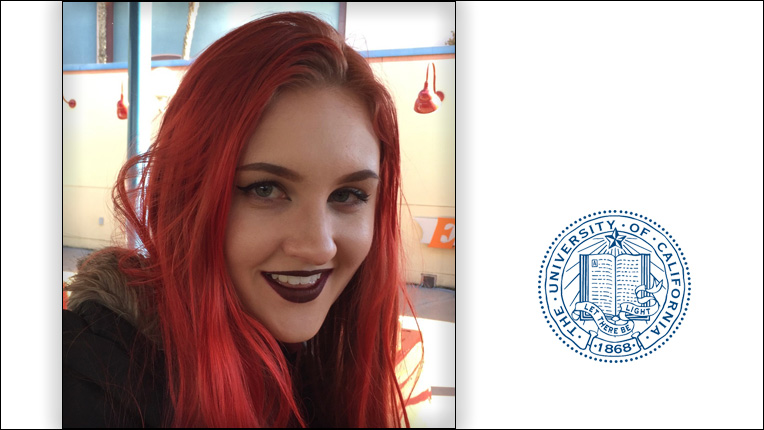SRC Grand Finalists 2020
GRADUATE CATEGORY
First Place:
Peter Li - Massachussetts Institute of Technology
MICRO 19
Title of Submission: A Mutual Information Accelerator for Autonomous Robot Exploration
Second Place:
James Davis - Virginia Tech
ESEC/FSE 19
Title of Submission: On the Impact and Defeat of Regex DoS
Third Place:
Hasindu Gamaarachchi - University of New South Wales
ESWEEK 19
Title of Submission: Real-time, Portable and Lightweight Nanopore DNA Sequence Analysis using System-on-Chip
UNDERGRADUATE CATEGORY
First Place:
Zhaowei Xi - Tsinghua University
SIGCOMM 19
Title of Submission: High-performance Flexible Packet Generator Using Programmable Switching ASIC
Second Place:
Alexander Zlokapa - California Institute of Technology
SC 19
Title of Submission: A deep learning approach to noise prediction and circuit optimization for near-term quantum devices
Third Place:
Ocean Hurd - UC Santa Cruz
Assets 19
Title of Submission: Insights for More Usable Virtual Reality Games for People with Ambylopia
ACM Student Research Competition
The ACM Student Research Competition is an internationally recognized venue enabling undergraduate and graduate students to experience the research world, share research results and exchange ideas, rub shoulders with academic and industry luminaries, understand the practical applications of their research and gain recognition.
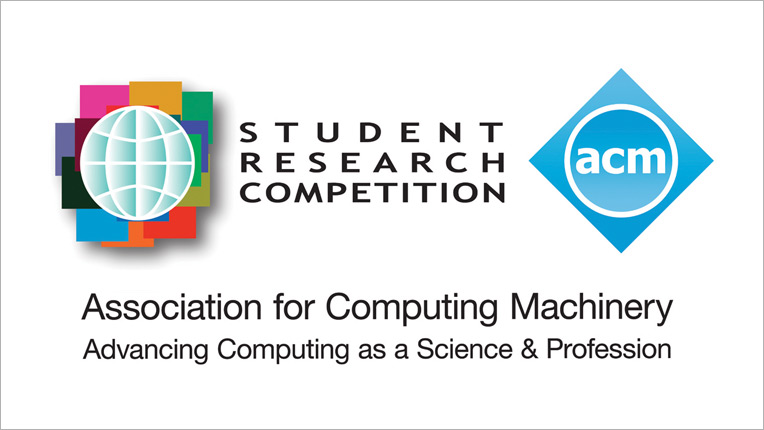
Graduate Category: First Place
Peter Li, Massachusetts Institue of Technology
"A Mutual Information Accelerator for Autonomous Robot Exploration" (MICRO 2019)
Exploration problems are fundamental to robotics, arising in various domains, ranging from search and rescue to space exploration. In these domains and beyond, exploration algorithms that allow the robot to rapidly create the map of the unknown environment can reduce the time and energy for the robot to complete its mission. Many effective exploration algorithms rely on the computation of Shannon mutual information (MI) which allow the robot to select the best location to explore in order to gain the most information about the unknown environment. [Read more]

Graduate Category: Second Place
James Davis, Virginia Tech
"On the Impact and Defeat of Regex DoS" (ESEC/FSE 19)
From their obscure origins in neuron modeling [26], regular expressions (regexes) have emerged as a widely used string manipulation tool. Regexes are commonly used to bring order to unstructured text, e.g., by web services to sanitize untrusted input. Unfortunately, regexes are risky in most mainstream programming languages: most regex engines have worst-case exponential matching behavior. This worst-case property has been known for decades [2, 39], and has been proposed as a vector for an algorithmic complexity attack [13]. Indeed, several major services have had outages caused by this behavior, including Stack Overflow [19] and Cloudflare [24]. [Read more]
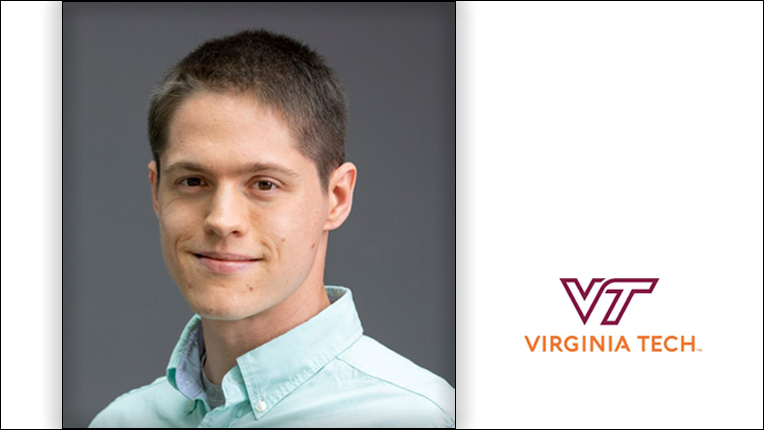
Graduate Category: Third Place
Hasindu Gamaarachchi, University of New South Wales
"Real-time, Portable and Lightweight Nanopore DNA Sequence Analysis using System-on-Chip" (ESWEEK 2019)
The future of healthcare is decidedly dependent upon precision medicine. Precision medicine takes into account the genetic makeup of an individual to develop customised medicines and doses that are effective and safe (Fig. 1). The key to precision medicine is DNA sequence analysis. DNA sequence analysis is also beneficial in fields such as epidemiology, virology, forensics and evolutionary biology. Over the last two decades, DNA sequencing machines have evolved from >500kg machines to pocket-sized devices such as the 87g Oxford Nanopore MinION (Fig. 2). [Read more]
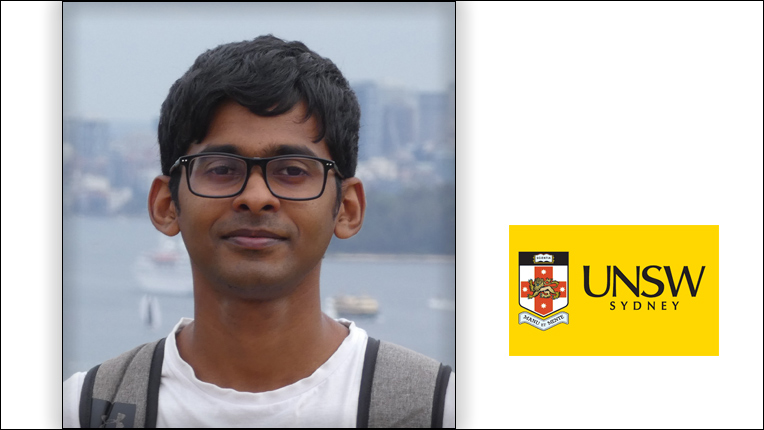
Undergraduate Category: First Place
Zhaowei Xi, Tsinghua University
"High-performance Flexible Packet Generator Using Programmable Switching ASIC" (SIGCOMM 19)
Packet generator is widely used to generate traffic with customized properties (e.g., rate, packet type) and plays a vital role in network researches and network operations. Network researchers use packet generators to examine the performance of purposed prototypes [1]. For network operators, packet generators are required in latency measurement [2][3] and failure troubleshooting [4]. The development of current network gives rise to new demands on packet generators in two ways. Firstly, packet generators need to be highperformance to meet expanding network bandwidth (from 10Gbps to 100Gbps). Secondly, packet generators should be capable of customizing packets flexibly to satisfy constantly emerging network functions and protocols. [Read more]
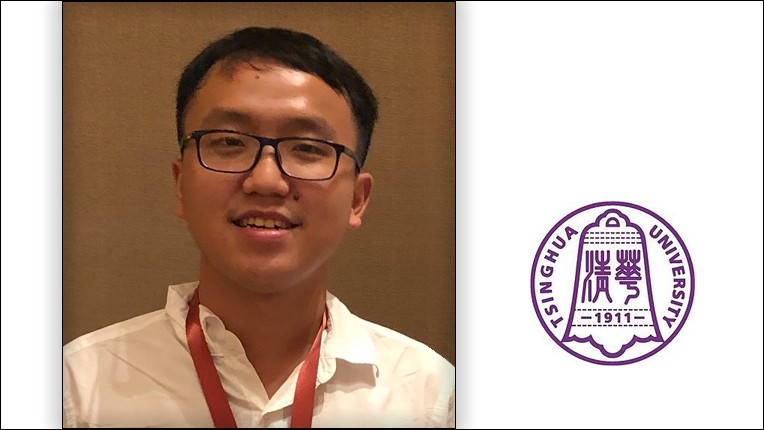
Undergraduate Category: Second Place
Alexander Zlokapa, California Institue of Technology
"A deep learning approach to noise prediction and circuit optimization for near-term quantum devices" (SC 2019)
Noisy intermediate-scale quantum devices face challenges in achieving high-fidelity computations due to hardware-specific noise. We present a framework for a deep-learning compiler of quantum circuits, designed to reduce the output noise of circuits run on a specific device. Our approach is to first train a convolutional neural network on experimental data from a quantum chip, so as to learn a noise model for that device. We then view the trained network as a noise predictor for quantum circuits and design a compiler that rewrites circuits so as to minimize expected noise, as predicted by the network. We tested this approach using the IBM 5-qubit devices and benchmarked the compiled circuits against the IBM Qiskit compilation algorithm. [Read more]
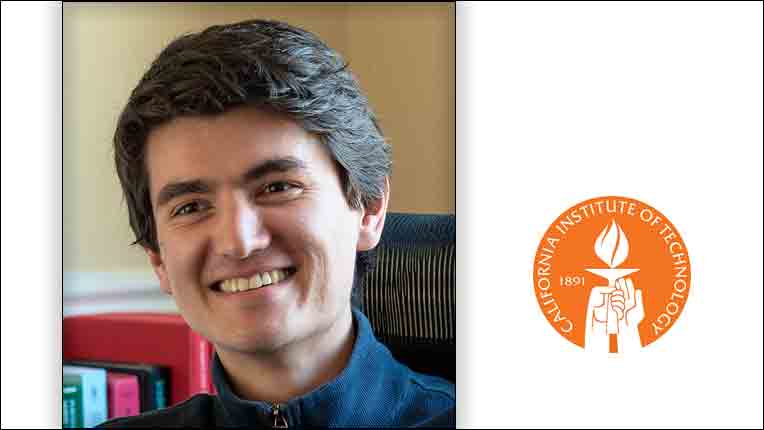
Undergraduate Category: Third Place
Ocean Hurd, UC Santa Cruz
"Insights for More Usable Virtual Reality Games for People with Ambylopia" (ASSETS 2019)
Amblyopia, or "lazy eye", is the world’s most common neurological eye disorder. Yet, very little has been done looking into how to make virtual reality (VR) more usable for people with Amblyopia. Furthermore, a trend of using VR for Amblyopia therapy has arisen, making such a study more essential than ever. Our study asks our user base of people with Amblyopia questions through two surveys, verbal feedback, and interviews about their experience with our VR video game therapy. We found patterns encoded in this information, which we use to create preliminary hypotheses for making VR experiences as usable as possible for people with Amblyopia. [Read more]
